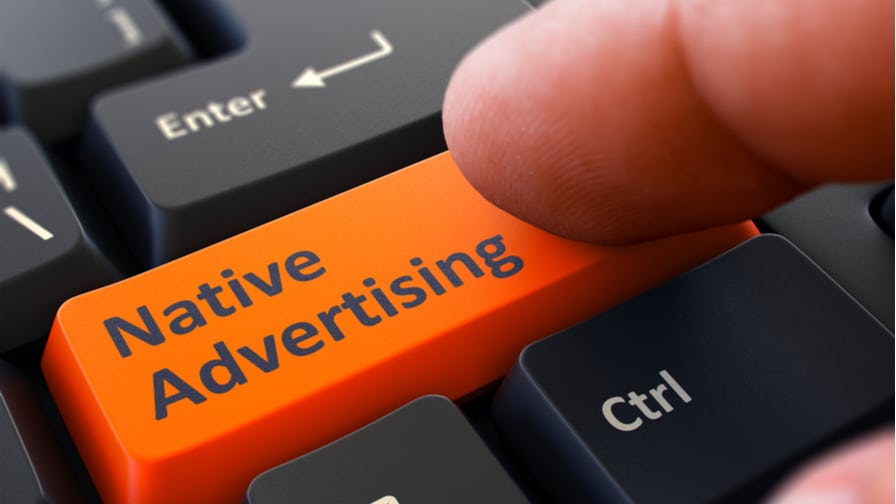A recent report has found global ad spend will increase by 17% to $333 billion in 2019, yet many marketers still struggle to accurately measure campaigns – making it difficult to justify ad spend. A quest for accountability is driving a shift towards more measurable performance marketing tactics, with native advertising becoming a major part of performance-driven strategies.
Performance marketing is evolving
Performance and brand marketing used to be viewed as opposite ends of the scale and managed by entirely separate teams. Brand marketing focused on the narrative, building long-term customer relationships and loyalty through creative and engaging storytelling. Tactics such as loyalty programs, out-of-home advertising, and slogans were used to paint a picture in consumers’ minds, nurturing familiarity and a positive perception of a company. But the impact of brand marketing was always tough to quantify with brands paying for the entire campaign, rather than its results, and hoping the gamble would pay off.
Performance marketing, in contrast, traditionally focused on short-term revenue goals. By using tactics centred on product value, such as search engine and affiliate marketing, brands only paid for achieved results such as clicks, sales, or customer acquisitions, with tracking data used to prove effectiveness. Unfortunately, the results-based model of performance marketing was a contributing factor to a decline in digital ad quality. Consumers were bombarded with intrusive, uninspiring and irrelevant ads designed purely to drive action, leading to banner blindness, ad fatigue and ultimately the rise of ad blocking.
But this situation is changing and the lines between brand and performance marketing are blurring. Brands are beginning to appreciate the combination of creativity from brand marketing and results-driven strategy from performance marketing, delivering engaging storytelling supported by real effectiveness data. And at the centre of this convergence sits native advertising.
Native bridges the brand-performance gap
Native advertising is technically a performance marketing method as brands only pay when customers engage and click through from a native ad to a landing page on their website or online store. However, it has many features of brand marketing, allowing content or products to be transformed into creative, engaging ads that build the brand story and drive long-term customer relationships as well as short-term performance. Across the marketing department, brand managers can reinforce brand values while media buyers meet their performance goals.
Native ads are designed to adapt seamlessly to the environment in which they are displayed, so they feel like a natural part of that environment and don’t intrude on the user experience or contribute to ad fatigue and blocking. This capability is particularly crucial in mobile environments where slow loading, screen-dominating formats such as pop-ups and interstitials are incredibly disruptive, and users have a low tolerance for ads that get in their way. Custom in-feed ad units, for instance, provide a far better experience. Because native ads adapt automatically to their environment, they are the perfect choice for an omnichannel strategy and work across multiple devices, platforms and websites.
Native advertising can also adapt contextually to the content of the page on which it is displayed. This means marketers can ensure real-time relevance by aligning ads with the topics and trends on the web pages consumers choose to view and are already interested in. Native ads offer highly relevant and useful content consumers want to engage with. The content-led nature of native advertising makes it a powerful tactic for brands, with almost two-thirds of consumers happy to read content marketing and over three-quarters experiencing an uplift in brand positivity. By providing genuine value, content-led native advertising engages the user in the brand story.
Using real-time data signals, native can target niche audiences and significantly boost the effectiveness of an ad, allowing maximum relevance and deep personalisation. Of course, in the age of data privacy and regulation, marketers must be careful how they use personal data, but if they are transparent in their practices and offer users a clear value exchange, this can help to build a reputation as a responsible and trustworthy brand. Content will, therefore, be more meaningful and it will help to increase consumer engagement.
Performance-based native campaigns allow the brand story and product value to be marketed together, driving both creative storytelling and monetisable outcomes. As their investment in digital advertising continues to grow, marketers can use native to bridge the gap, achieving both brand and performance goals across the marketing plan and ultimately maximise ROI through campaign success.
